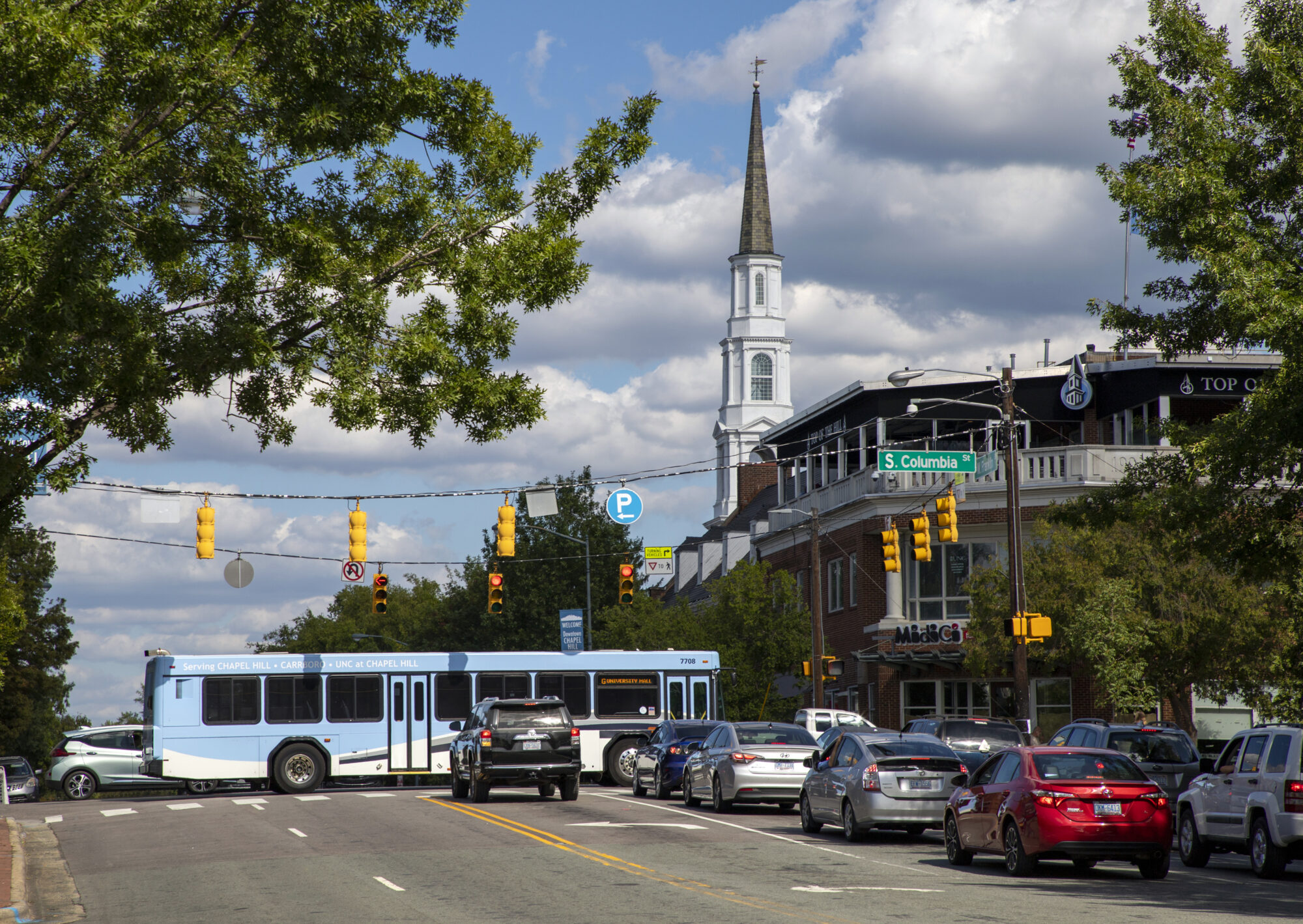Chapel Hill’s sign ordinance has not been updated in the last 25 years. But this streak is coming to a close.
“The sign ordinance is a very common question I get from downtown businesses, mostly expressed in confusion and concern,” said Bobby Funk of the Downtown Chapel Hill Partnership. “I think this new ordinance achieves what we’re looking for – greater flexibility and the ability for businesses to market themselves effectively.”
On Monday, the Chapel Hill Town Council heard amendments to the current sign ordinances that have been the cause of concern for some local businesses.
“We’re especially excited about the removal of the requirement to do unified sign plans for downtown business that share a property with another business,” Funk said. “I think this will really be able to make downtown signage more creative and flexible.”
The removal of unified sign plans was one of several amendments, including the size of signs.
Ground signs outside of large complexes, for example, are expanding from a 15-square-foot display area to a 30-square-foot display area if more than four tenants are seeking advertising.
President of the Chapel Hill – Carrboro Chamber of Commerce Aaron Nelson explained why he felt these changes were necessary.
“This is one of the most important things you can do to support small businesses,” Nelson said. “Of all the laws you can change, of all the codes you can change, to change the lives of existing businesses by changing their ability to put up signs, will really, really matter.”
Under the current ordinance, signs may measure 32-square-feet but must be attached to a building. The new ordinance will allow signs to be free-standing.
This will also apply to temporary events such as grand openings. In the past, businesses were allowed only one free-standing sign per year. Now, the committee is allowing businesses to have free-standing, special-event signs four times per year.
But Councilwoman Jessica Anderson worried how the town would enforce the limit.
“If we can’t enforce it, why are we putting anything in place?” Anderson said. “I don’t really, from a policy standpoint, see why if we don’t have a mechanism to enforce it, why there’s a point.”
The town’s planning and sustainability executive director Mary Jane Nirdlinger said that enforcement of the new ordinance is still in the works. With a limited staff, she said permits and stickers may be used to monitor local businesses’ signs.
“We’re going to try to find a system that’s easy to administer when you come in and get your permit,” she said.
Other types of signs, including feather signs and crown signs, also saw changes. Feather signs, traditionally eight feet tall, may be allowed to stand 10 feet tall, and crown signs, the advertising at the top of buildings, may reduce in size depending on the building. If there are multiple crown signs, the committee proposes that they be identical and at the top floor of the building.
The council passed these new ordinances and more, while also agreeing to hear the committee’s detailed plans for implementation in September.





